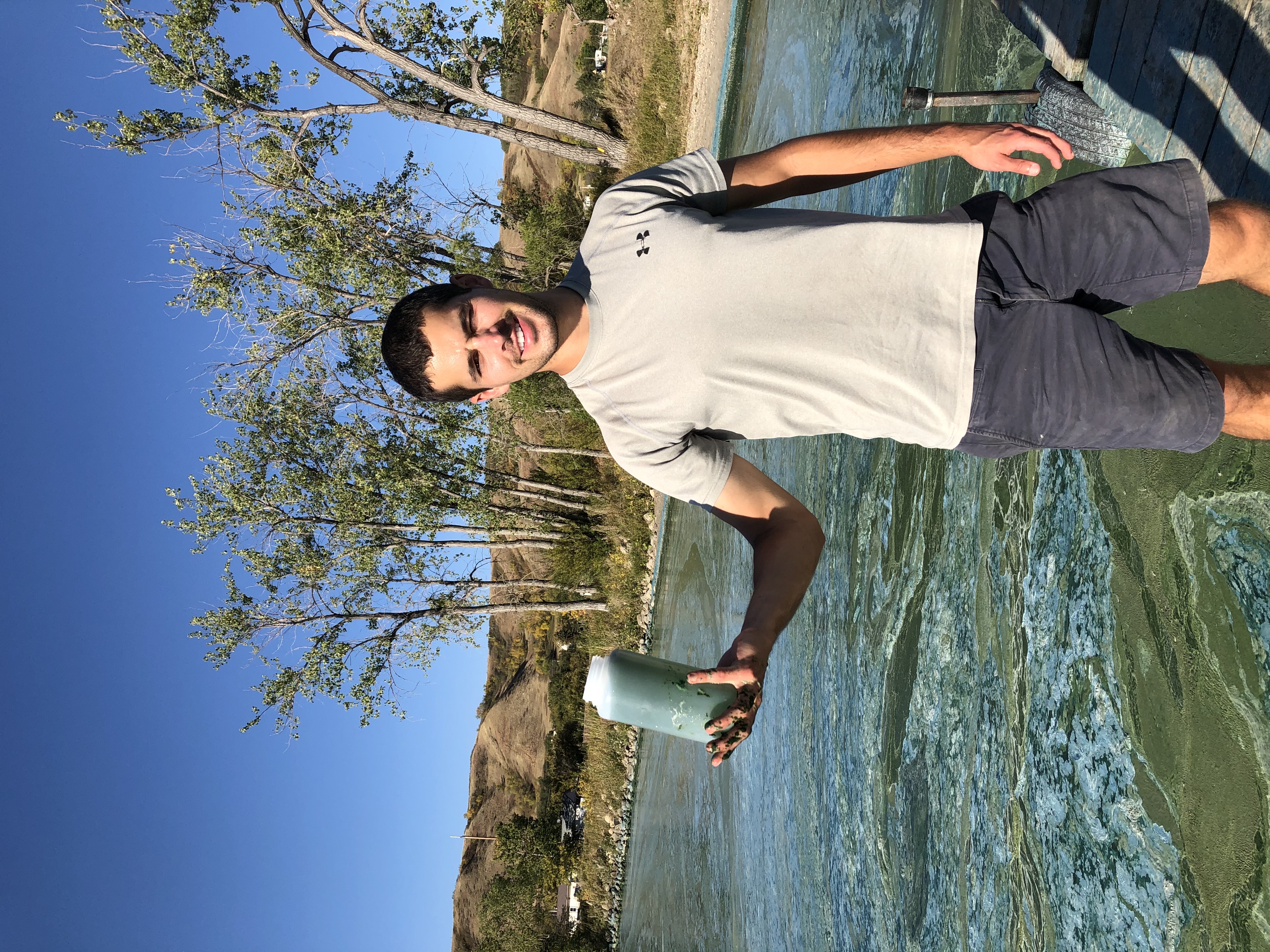
Kevin Erratt
Kevin Erratt is a Ph.D. student in Environment and Sustainability
How is your research tackling some of the major challenges facing humanity in the 21st century?
My research aims to understand how global change stressors (e.g., climate warming and nutrient enrichment) influence the structure and function of freshwater phytoplankton communities, with an emphasis on harmful algal blooms. I focus on identifying environmental drivers that propagate and maintain potentially harmful species and consequently the potential health risks for humans and the environment. Ultimately, understanding the ‘why’ and ‘how’ of bloom development and toxin production could help establish effective mitigation measures to combat this significant threat to global water security.
With which of the UN’s Sustainable Development Goals are you making headway
Effective management of freshwater resources presents one of the most critical challenges of the 21st century, and harmful algal blooms have been identified as one of the top threats restricting access to clean water and jeopardizing human welfare (SDG 3- good health and wellbeing & SDG 6- clean water and sanitation). Superimposed on the rise in algal bloom reports is the subsequent discovery of novel toxins that place human and ecosystem health at risk. Identifying the true extent of the public health risk associated with cyanobacteria blooms and the physiological conditions that render freshwaters more susceptible to harmful algal blooms are critical steps forward in the fight to preserve freshwaters.
What motivated you to do what you now do?
I would never have imagined that the last decade of my life would have been dedicated to uncovering the secrets of blue-green algae. However, my fascination was piqued when I discovered that aside from re-engineering the planet into its current productive state, these tiny microbes harbour other, more sinister characteristics. My fascination with cyanobacteria lies in their capacity to overwhelm entire aquatic communities while also posing as a significant public health threat. Many questions remain unanswered about their occurrence and environmental factors responsible for initiating toxin production, and it is these knowledge gaps that have inspired me to pursue HAB research in hopes of combating this significant threat to global water security.
What course have you taken recently that you’ve loved and why?
My most rewarding and challenging educational experience occurred when I enrolled in ENVS 898 - Field School in Africa (Uganda). This immersive opportunity focused on transdisciplinary collaboration, pairing with communities to address pressing environmental and social issues in Uganda, in an attempt to foster grassroots initiatives. This experience expanded beyond the traditional confines of academia, and we were confronted with real-world challenges. Being embedded in these community engagement projects has taught me how to design and conduct culturally appropriate research while strengthening my ability to address challenges using limited time and resources.

